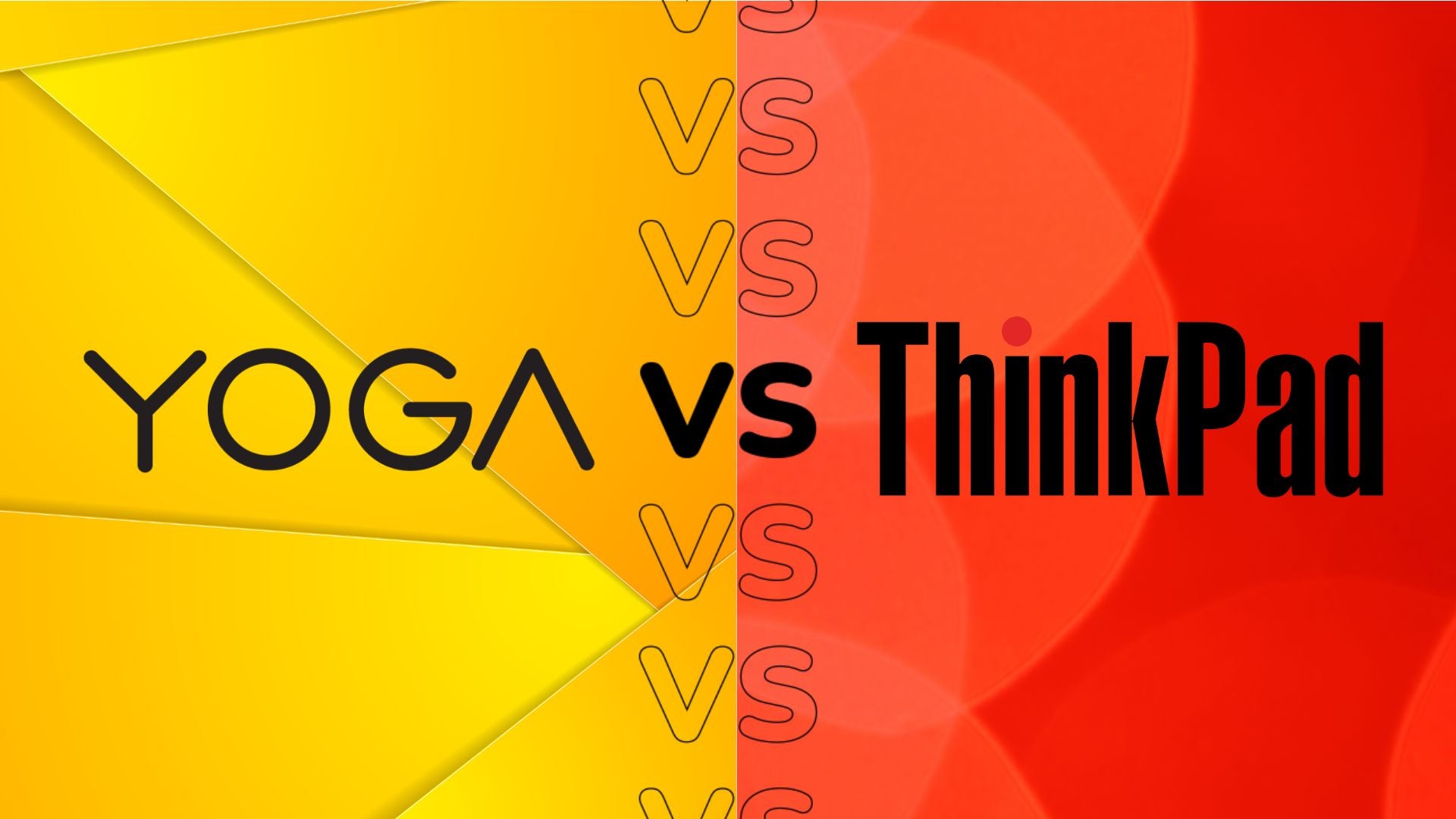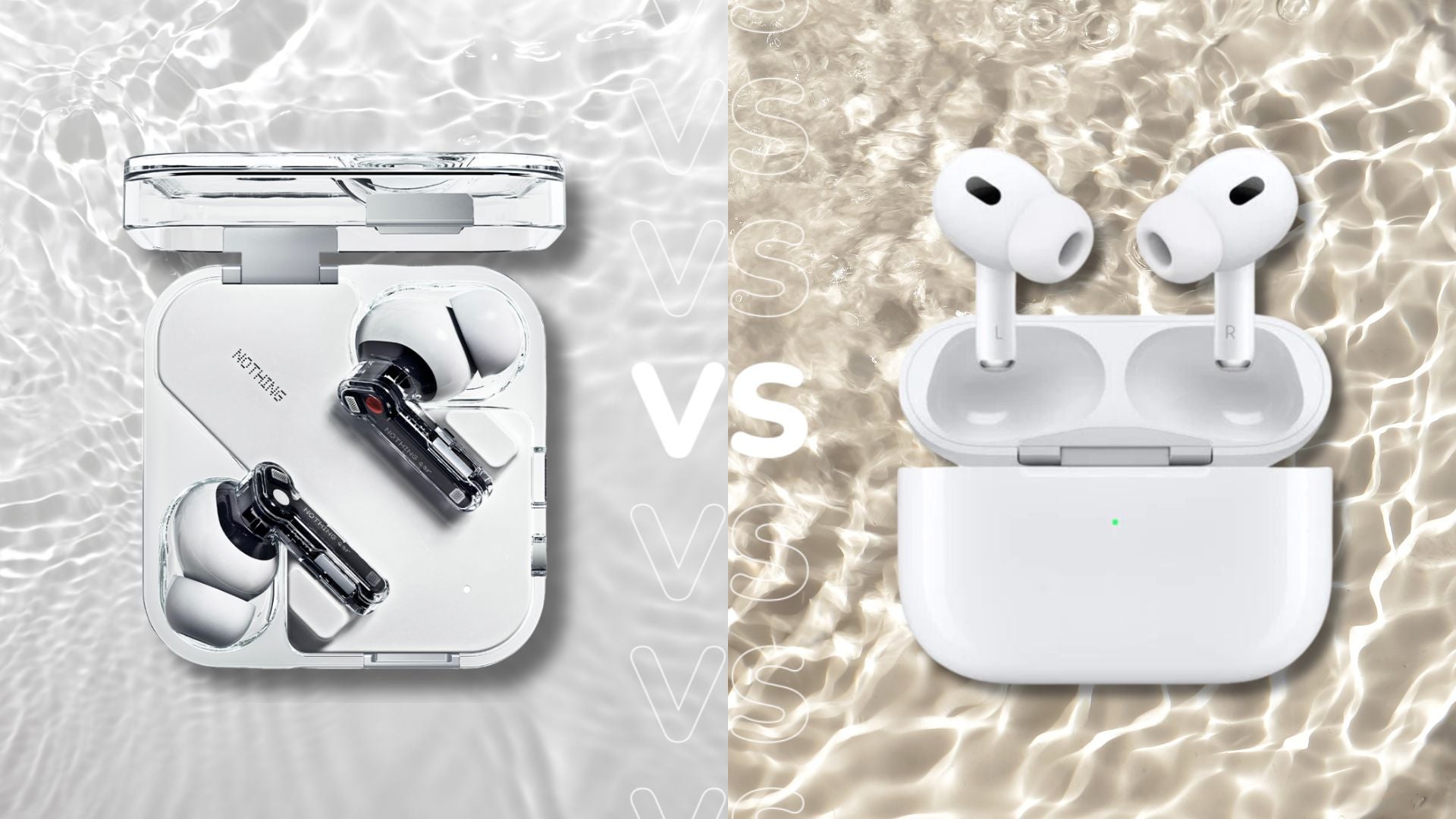Sonos Arc vs Sonos Beam: Which is right for you?
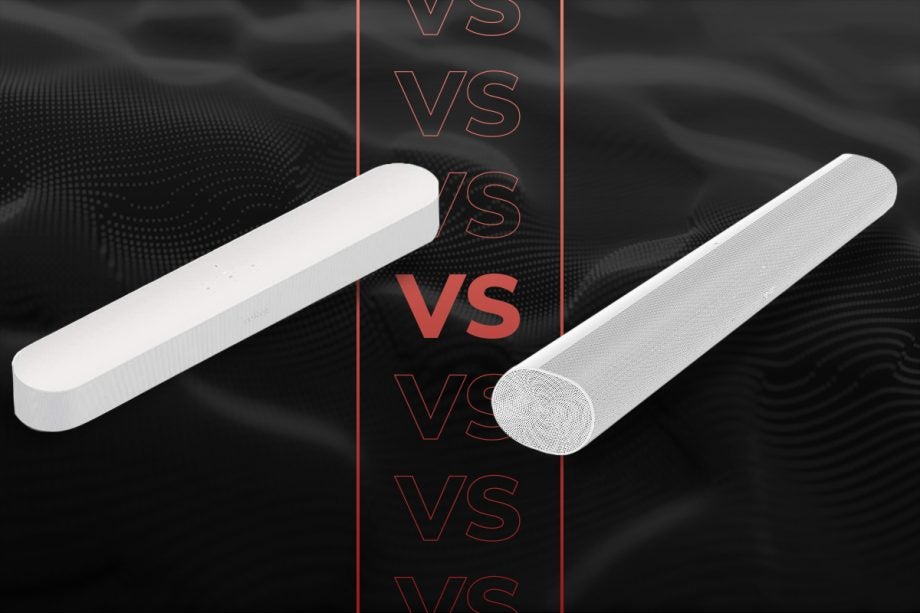
If you’re a Sonos user in the market for something to give your home cinema set-up a boost, the Arc and Boost are two excellent choices.
Both soundbars offer immersive Dolby Atmos sound but are marketed to different prospective audiences. Sonos Arc is the larger, full-sized model intended for bigger TVs and rooms, while the Sonos Beam Gen 2 is an all-in-one soundbar that’s suited to smaller TVs and rooms.
Each has their qualities, but in the Sonos Arc vs Sonos Beam, which is the right purchase for you?
Price
When it first went on sale the Sonos Beam was £449, which was £50 more than the original Beam.
The Sonos Arc supersedes has an RRP of £799 RRP, but went up to £899. In terms of saving pennies, the Beam is the more attractive proposition; but the Arc and the Beam serve a different purpose, as we’ll go into.
Design
Both adhere to Sonos’ sleeker approach to design of recent years. The rounded edges of the Beam contrast with the Arc’s more cylindrical shape, but aesthetically they’re cut from the cloth with their discreet look.
Measuring 65.1 x 6.9 x 10cm (WHD), the Beam is just under half the Arc’s width (114 x 9 x 11.5cm), making the Beam better fit for smaller spaces.
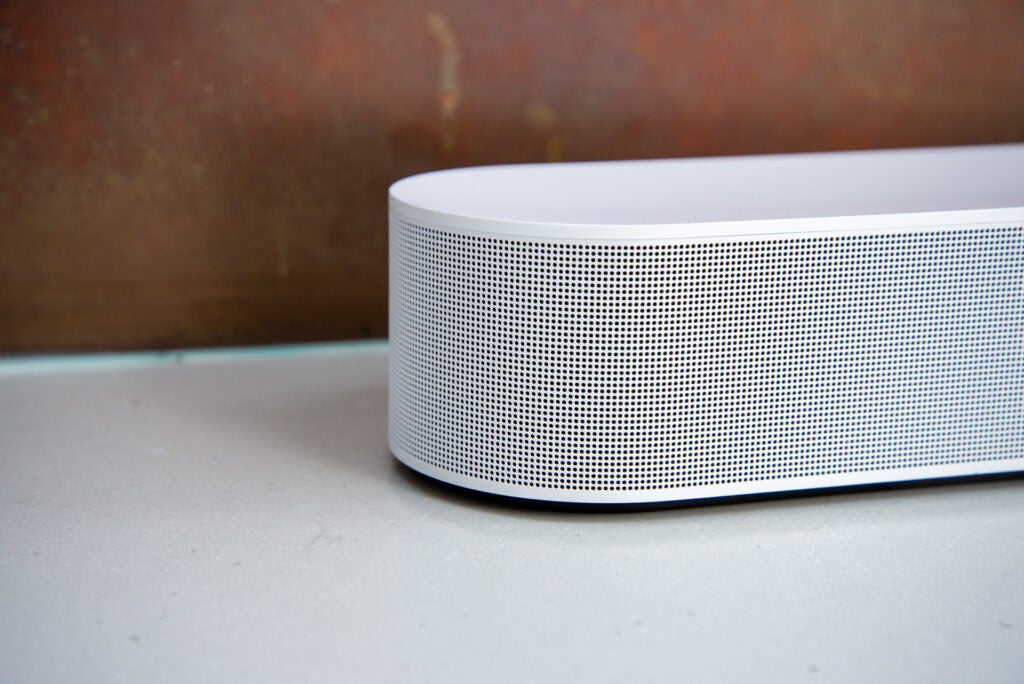
It’s a unit that’s best suited to smaller TVs (around 49-inches and smaller), while the Arc suits bigger TVs (55-inches and more). Neither is too tall, though the Arc requires a wider surface to plant it on. The Arc also has rubberised feet if you’re fearful of causing any marks.
Both can be wall-mounted through bespoke wall-mounts, and both can only be used in their horizontal orientation. At 2.8kg compared to the Arc’s 6.25kg, the Arc is the heavier of the two should that be a concern for putting it on a wall.
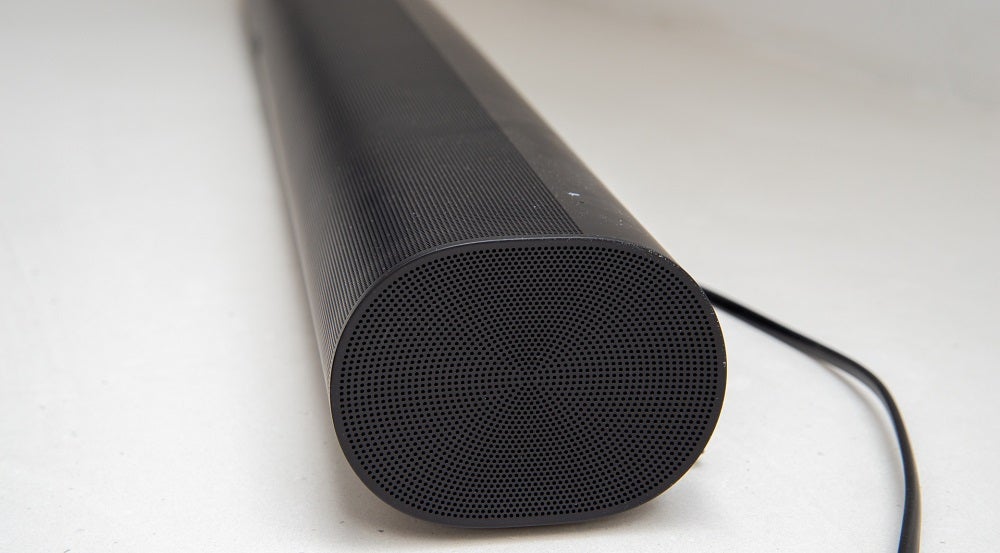
Is there a winner? If you need a soundbar for a smaller space, the Beam is better. For those with bigger rooms, the Arc is better.
Features
There’s littler difference in terms of features as the Beam has been upgraded from its single HDMI ARC input to match the Sonos Arc with HDMI eARC input.
However, that does mean you’ll need a TV with an eARC port to get the full, uncompressed Dolby Atmos signal fed to the soundbar. Neither features an optical connection, but an optical adapter is included. HDMI CEC on both allows for control over power and volume with your TV’s remote. DTS soundtracks are supported, but there’s no support for Atmos’ immersive equivalent in DTS:X.
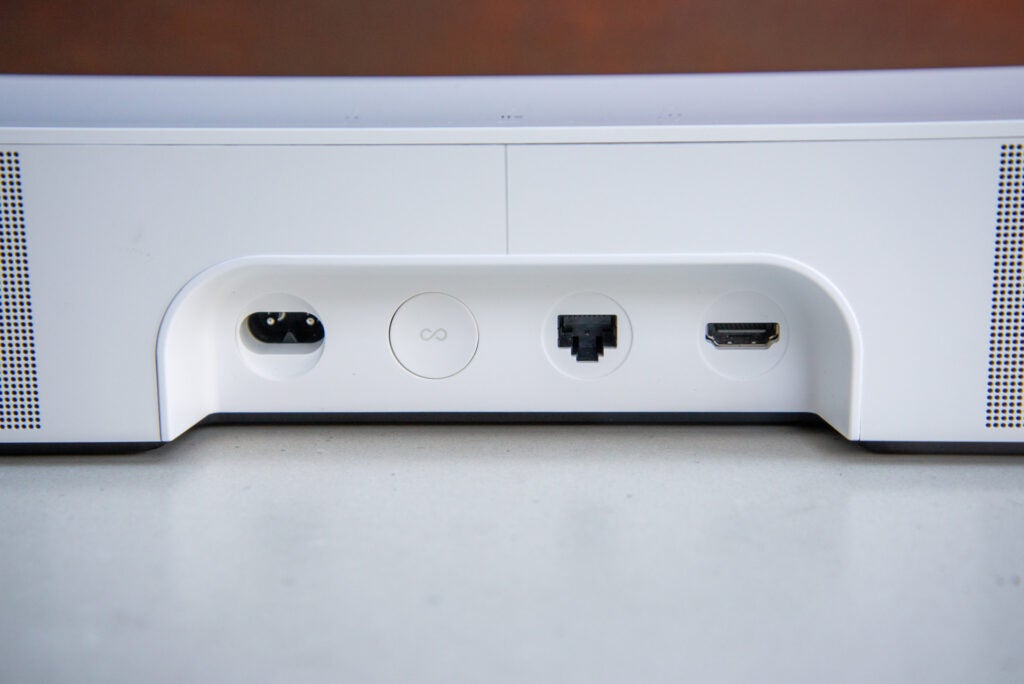
Both are compatible with Sonos’ S2 app, and within the app you can use both soundbars in a multi-room set-up alongside other Sonos speakers. Spotify, Tidal and Apple Music streaming services can be streamed (along with dozens of others), and there’s also access to Sonos Radio, which brings with its 60,000 plus radio stations.
Both support Alexa, Google Assistant and Sonos Voice Control, of which are built-in and use the integrated far-field microphones to pick up your voice. Updates on the weather can be asked for, alarms set etc.
While Sonos waded into the Bluetooth waters with the Move, neither the Beam nor Arc have Bluetooth. Instead they make do with AirPlay 2, which also brings Siri into the equation for voice control. With AirPlay 2, it opens up the Sonos ecosystem to play nice with any non-Sonos AirPlay 2-speakers in a multi-room setup.
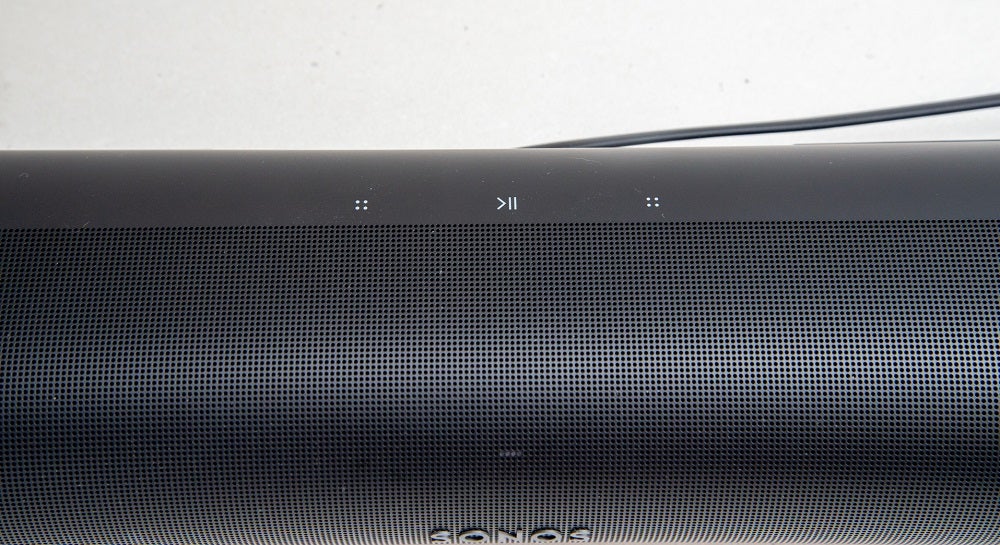
Both have Sonos’ TruePlay technology (iOS), which tweaks the audio to suit the acoustic properties of the environment.
Both the Arc and the Beam have identical set-ups, so in this context it’s a draw.
Performance
Tucked inside the Beam’s enclosure is a tweeter, four elliptical full-range woofers and three passive radiators, the exact same set-up as the original Beam. Two of the woofers are positioned at the edge of the unit and angled out at about 45 degrees to disperse sound.
The Sonos Arc follows a similar principle with its three silk dome tweeters and eight elliptical mid/bass drivers. Two of the mid-bass drivers fire upwards for height, while another two sit at the ends to push audio out with three titled upwards at the front of the unit to fire sound into the room. The significant difference between them is that the Arc has physical upfiring units to create the sensation of Dolby Atmos sound, where the Beam Gen 2 achieves this through virtual processing.
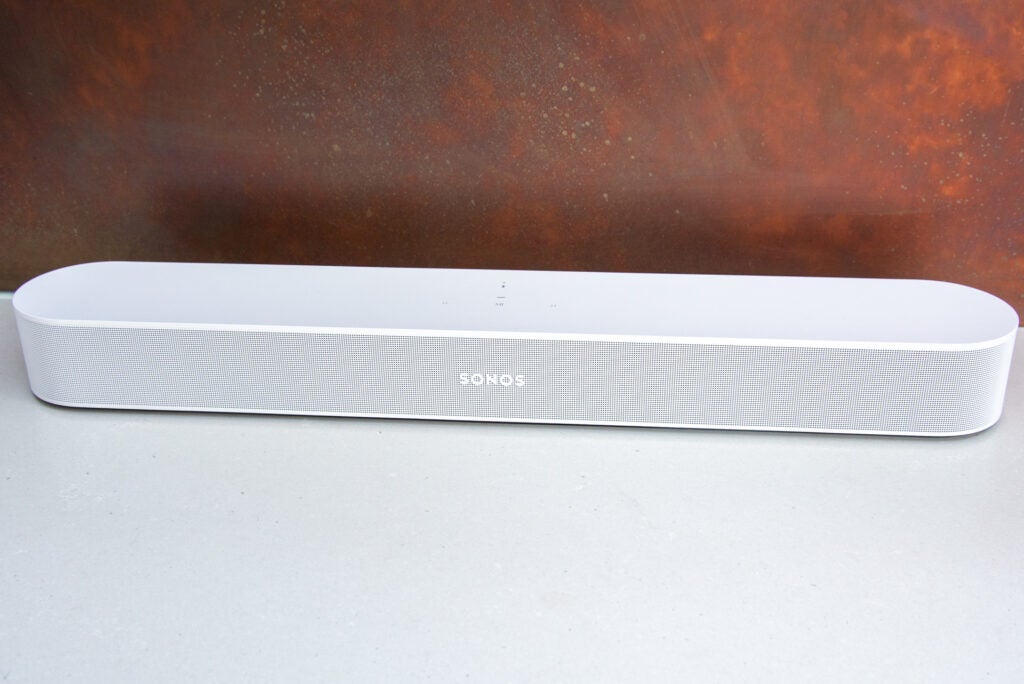
Both speakers sound very good and consistent with movie/music. There’s a good amount weight behind the Beam’s sound; vocal clarity is good, and the accuracy and spread of effects is excellent. While it can’t reproduce a 5.1 soundtrack, the width of the stereo image is good enough that it can place effects within the room, though it doesn’t have the dimensionality of the Arc in the sense that you can clearly detect where the effects are in the room.
With more drivers and more power – plus those height channels – the Arc produces a convincingly wider and taller soundstage. Like the Beam it can’t replicate a 5.1 system without rear speakers to help, but the placement of sounds within the soundfield is more robust.
It’s a similar case with music. Both have good presence in the low-end regions; midrange is textured, voices are rendered intelligible and treble reproduction finely done (though the Arc may require toning down for some).
We noted with the Arc that the transition between midrange and bass is not wholly unified, while the Beam’s bass output, while solid, is not as big. As we’ve mentioned previously, the Beam is better equipped for smaller rooms, and as such it’ll struggle to fill big rooms.
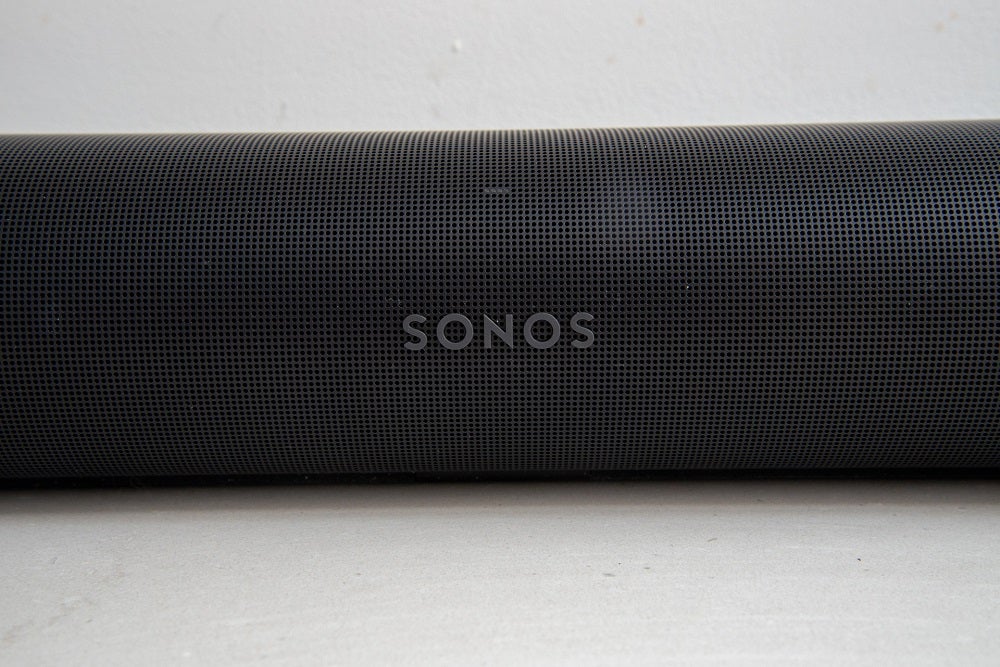
Fancy more bass or surround sound? Both speakers can be used with a Sonos Sub, though the Beam 2 integrates better with the Sub Mini; the Arc offers a better performance with the full-sized subwoofer. Two One SL speakers for rear channels to expand the soundstage and create a more convincing Dolby Atmos presentation.
In the end both are fine-sounding soundbars. If power and impact are what you need, the Arc trumps the Bea and it is, ultimately, the better-sounding of the two. However, if we’re talking in terms of value (and smaller rooms), the Beam holds its own.
Verdict
The Beam 2 is no longer Sonos’ cheapest soundbar with the arrival of the Ray, but it is the cheapest Atmos soundbar they offer. In terms of value, that makes it a very good proposition against the Arc, which is double the price.
If you have a big living room and a need for Dolby Atmos, the Sonos Arc is the better choice. It’ll really depend on your set-up, and how the Arc and Beam Gen 2 fit into it. Regardless, both are fine examples of the soundbar form, and provide an excellent user experience.




